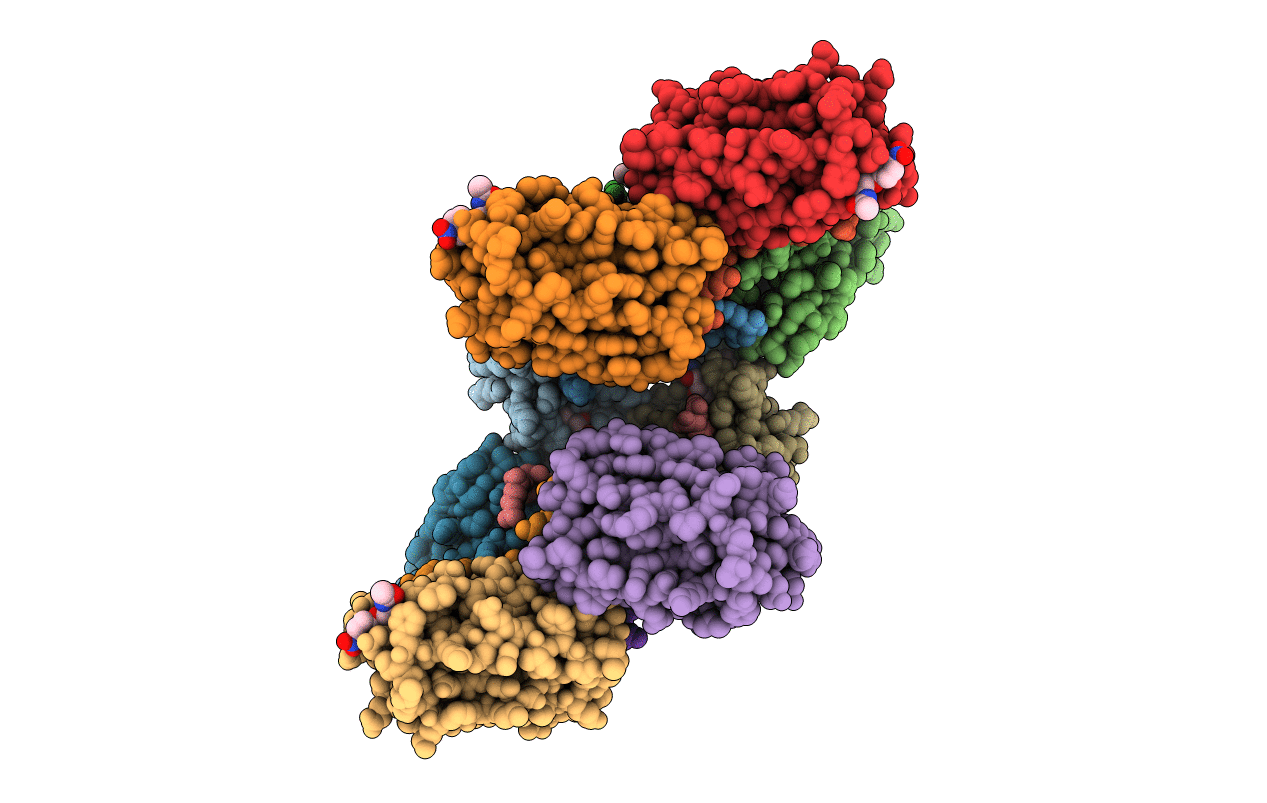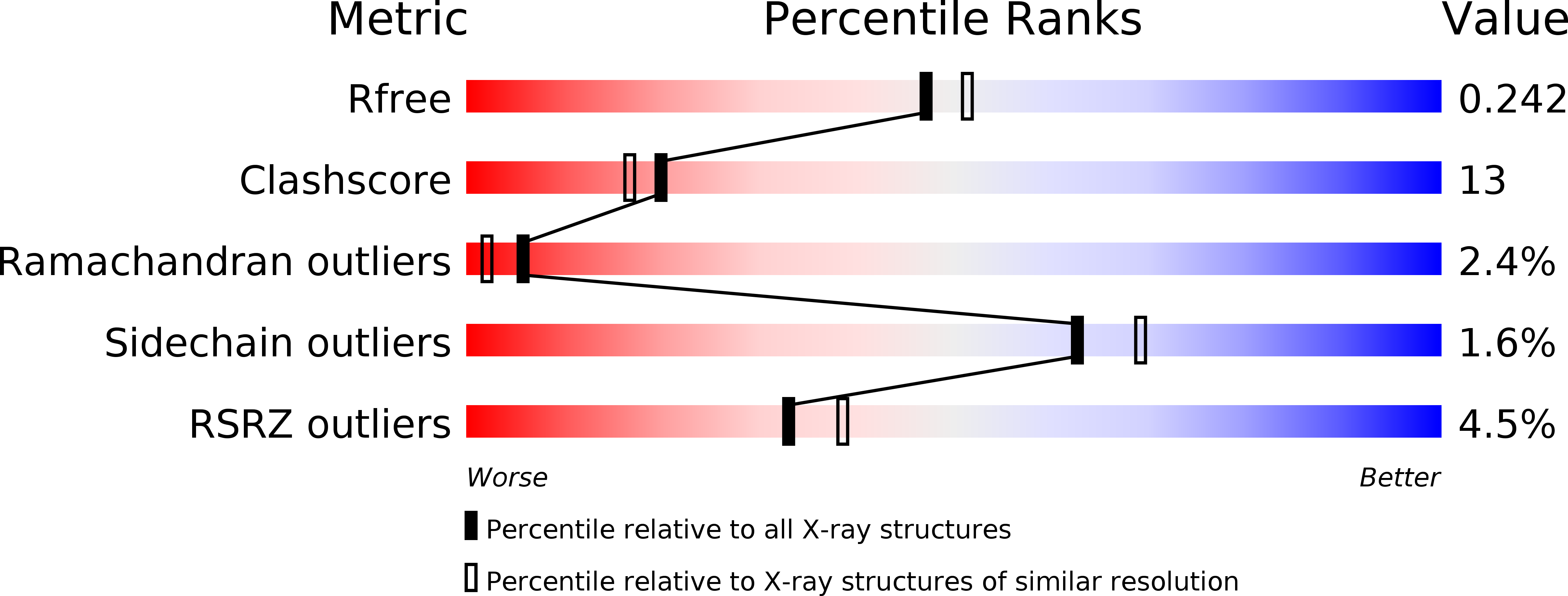
Deposition Date
2010-01-29
Release Date
2010-09-22
Last Version Date
2023-09-06
Entry Detail
PDB ID:
3LM1
Keywords:
Title:
Crystal Structure Analysis of Maclura pomifera agglutinin complex with p-nitrophenyl-GalNAc
Biological Source:
Source Organism:
Maclura pomifera (Taxon ID: 3496)
Method Details:
Experimental Method:
Resolution:
2.10 Å
R-Value Free:
0.24
R-Value Work:
0.22
R-Value Observed:
0.22
Space Group:
P 21 21 21


